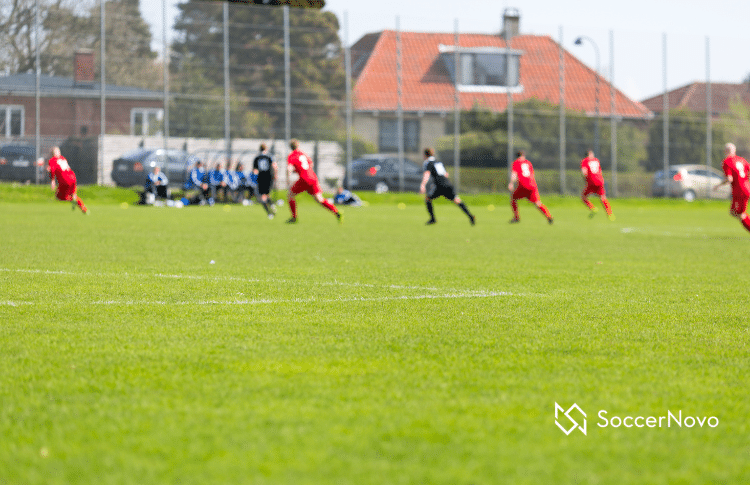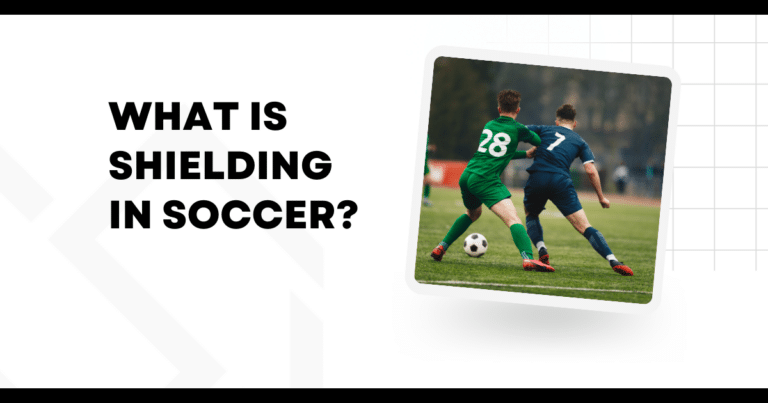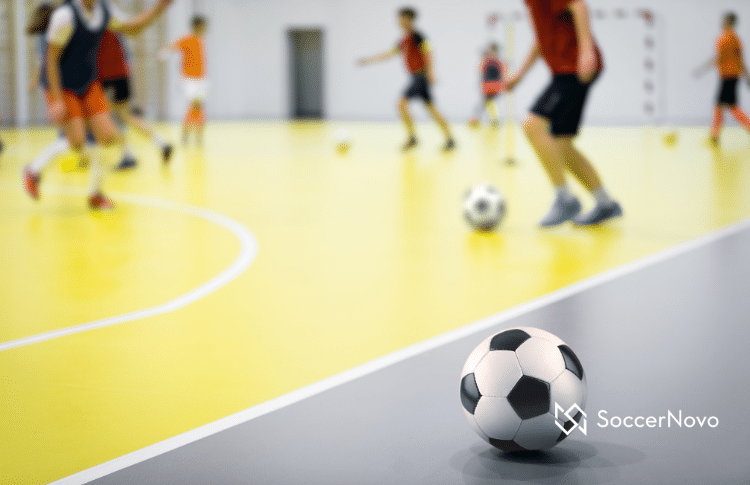What Are Soccer Balls Made Of?

If you’re a bit like me, you may be wondering what soccer balls are made of. It’s the geeky side in us.
There are five layers to a soccer ball which you can see here. Each layer serves a specific purpose (i.e. – holds air, protects, etc.). The five parts are:
- Outer Casing
- Inner Lining
- Bladder
- Stitch
- Valve
What Does the Inside of a Soccer Ball Look Like?
Here’s a fun video I found of a Dad and son opening up three soccer balls from different eras. Enjoy!
Remember that the materials used can vary slightly but the way soccer balls are made hasn’t evolved much. At the end of the day, no matter what technology is used, it’s still a soccer ball!
Inside a Soccer Ball
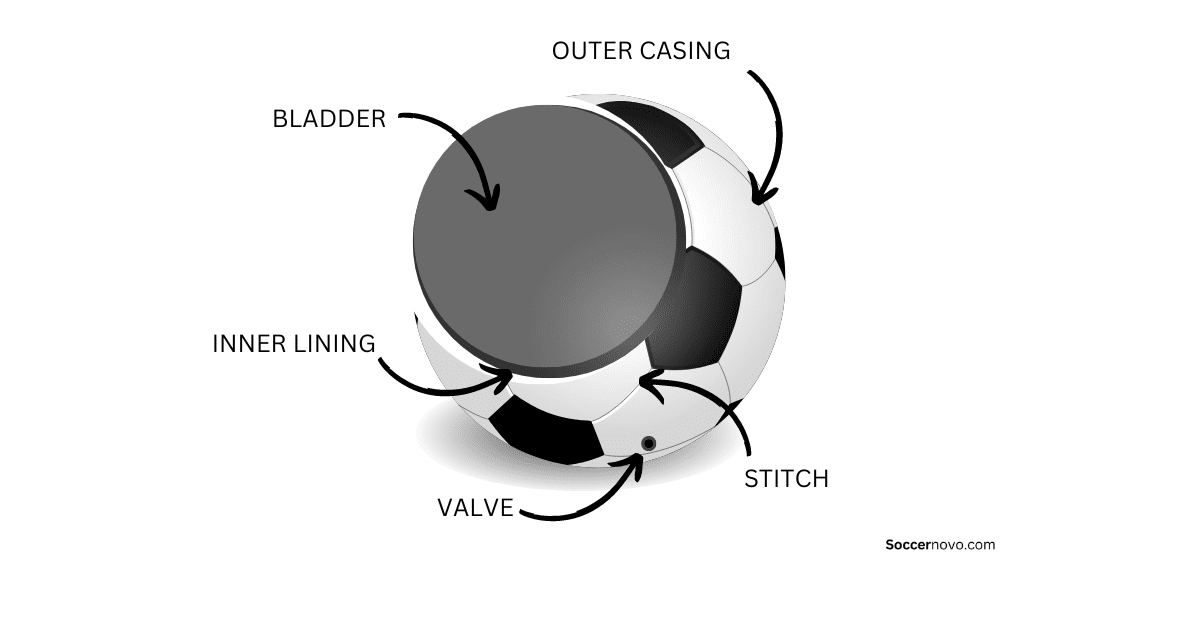
You can see what a soccer ball looks like on the outside and inside. In this section, I’ll describe what each of them is and the purpose it serves!
Outer Casing
The outer casing is the outermost part of the ball and protects the insides from water and regular wear and tear.
Traditionally, the outer casing was made out of leather but in later decades manufacturers coated it with polyurethane.
This helps protect the balls from scuffs and wet weather.
The modern soccer balls are made out of synthetic leather. Any quality soccer ball nowadays is made out of this with a coated polyurethane.
A plastic-like material called polyvinyl carbonate (PVC) is also used to make the outer cover of balls.
As you have experienced, there are a few materials used to make the outer cover of soccer balls. The balls that professionals play with are more leathery while kids under 7 typically play with something that’s more on the plastic side.
As players get older, it does make a difference with the touch and strike of the ball!
Inner Lining
The inner lining sits on top of the bladder. The inner lining determines the bounce of the ball.
Soccer balls can have two or four layers of inner lining.
The professional-quality balls have four layers of polyester and cotton inner lining.
Cotton provides a softer feel and greater cushioning when the ball is kicked. It is also a lightweight material that doesn’t impact the weight much.
Bladder
A soccer ball’s bladder holds air.
Butyl and natural latex are the materials of choice. At the professional level, natural latex is preferred as it’s more responsive. But, it doesn’t hold the air as tight as butyl does.
If you purchase a modern and more quality soccer ball, it’s just best to have a pump always accessible.
Stitches
The stitches hold the different panels of the soccer ball together.
Most soccer balls are stitched together by polyester which is a durable material. Kevlar thread is also used to make it more water-resistant.
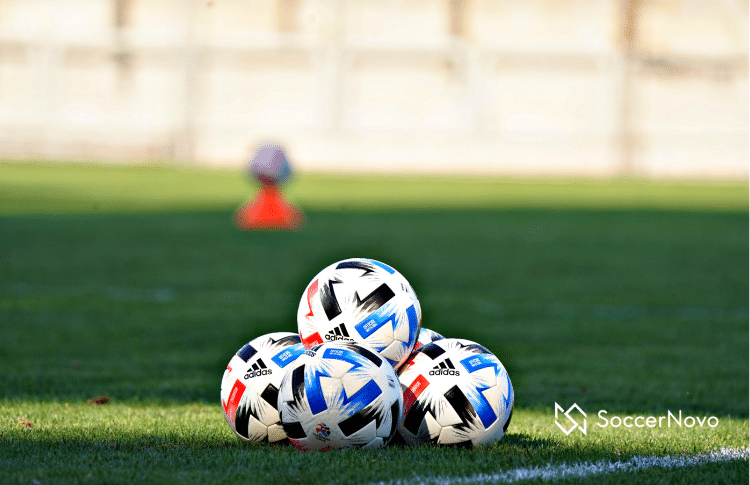
The more modern soccer balls have been stitched together by thermal heating. So not stitched but glued together.
Valve
The valve is the small part where the air passes down when inflating it from the outside. It is the black hole that you can see from the top of the ball.
Soccer valves are usually made out of butyl because of its elasticity.
Most professional balls are made out of silicone which provides better air retention.

Written By: SoccerNovo
SoccerNovo is an independent youth soccer media brand built to help parents, players, and coaches better understand the game and the pathways available in U.S. soccer. Our mission is to make youth soccer simpler, clearer, and more accessible for everyone involved in it.
Let’s connect



